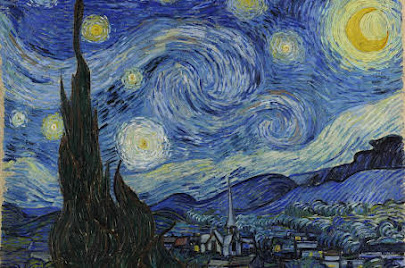Creativity in the Classroom / Mini-Lessons
- Creativity involves newness.
- Creativity is a capacity everyone has
- Creativity and learning can go hand in hand
- Creativity enhances subject matter learning and vice versa.
- Creativity require for one to be comfortable proposing creative ideas.
Segment 2: What Can Creativity Add to Your Classroom?
- Increasingly complex problems
- Enhanced creativity improves standardized test scores
- Teacher scan have a positive impact on their students
- What can you do to include creativity in your classroom?
Segment 3: What blocks creativity?
- Creativity stereotypes and misconceptions
- Examine your own attitude towards creativity
- From theory to practice.
- Help children to develop their creativity by being opened and supportive.
Segment 4: What can you do to be more creative in your own teaching?
- Protect and support student's intrinsic motivation.
- Avoid competition and comparison between students.
- Provide opportunities for students to own their own learning
- Provide feedback.
- Challenge students to think for themselves
- Establish relationships between your students
- Develop you own creativity.
- Use creative instructional strategies
Visual Arts Education (Grade 5)
Component: III Studio Skills
Objective: Uses paper to create an origami design as instructed by the teacher, can then form a creative design of their own.
Competency: The student understands how the ancient paper-folding art of origami can open their mind to different forms of art and allow them to increase their creative competency
Activity: The students will fold a piece of paper into a select design as instructed by their teacher, they will reflect on the experience, they will make a creative design of their own and share the experience with the class.
Assessment: Students will be assessed based on participation, enthusiasm, focus, collaboration, and effort above all.

Comments
Post a Comment